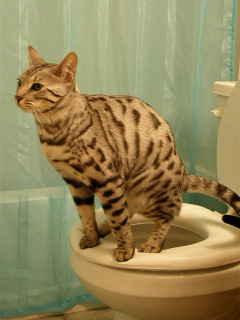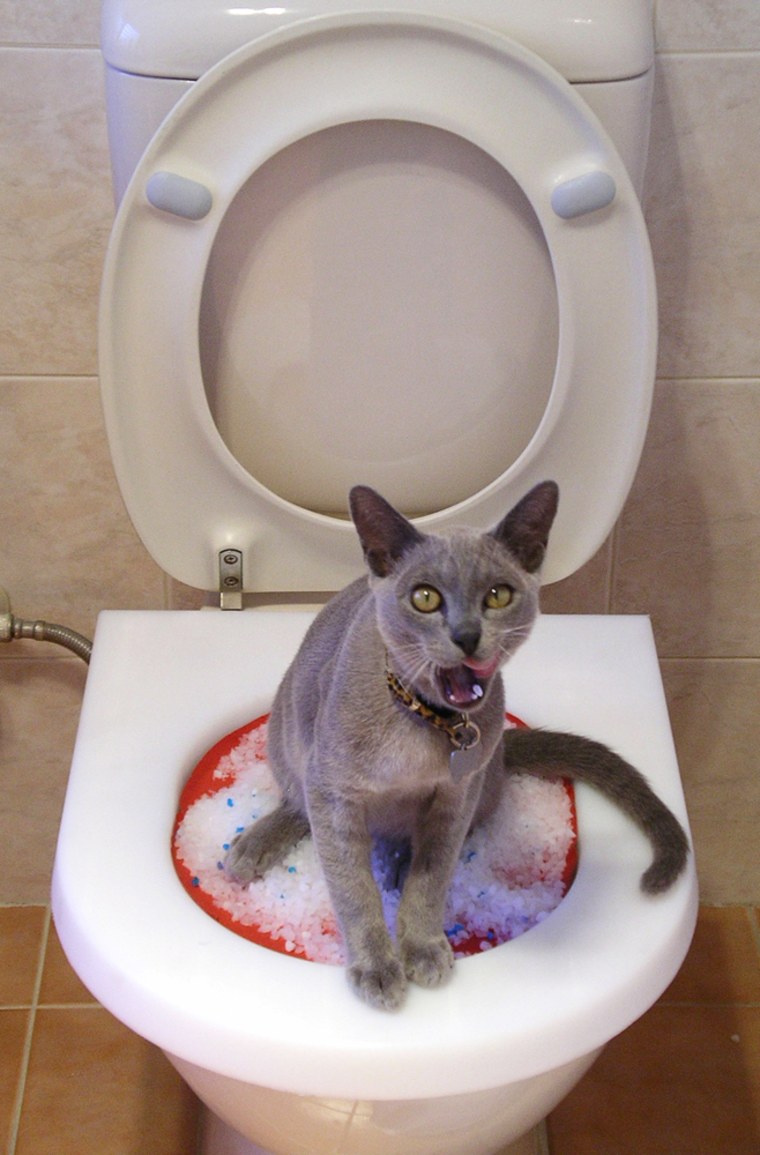This great article down below on the subject of Don’t flush cat feces down the toilet is truly informative. You should see for yourself.

Intro
As feline proprietors, it's necessary to be mindful of just how we take care of our feline good friends' waste. While it might seem hassle-free to flush pet cat poop down the bathroom, this method can have detrimental consequences for both the atmosphere and human health and wellness.
Ecological Impact
Flushing pet cat poop presents dangerous pathogens and bloodsuckers into the water supply, presenting a substantial risk to marine ecosystems. These pollutants can adversely affect aquatic life and concession water quality.
Health Risks
In addition to environmental worries, flushing pet cat waste can additionally position health dangers to human beings. Cat feces may contain Toxoplasma gondii, a parasite that can trigger toxoplasmosis-- a potentially serious illness, specifically for expecting ladies and people with weakened body immune systems.
Alternatives to Flushing
Fortunately, there are safer and a lot more accountable means to get rid of feline poop. Take into consideration the adhering to alternatives:
1. Scoop and Dispose in Trash
The most usual approach of dealing with cat poop is to scoop it into an eco-friendly bag and toss it in the garbage. Make certain to make use of a committed clutter scoop and throw away the waste immediately.
2. Use Biodegradable Litter
Select naturally degradable cat trash made from materials such as corn or wheat. These trashes are eco-friendly and can be safely taken care of in the garbage.
3. Bury in the Yard
If you have a lawn, consider burying cat waste in a designated location far from veggie gardens and water sources. Make sure to dig deep enough to avoid contamination of groundwater.
4. Set Up a Pet Waste Disposal System
Invest in an animal garbage disposal system specifically developed for pet cat waste. These systems make use of enzymes to break down the waste, decreasing smell and ecological influence.
Final thought
Liable pet dog possession extends beyond offering food and sanctuary-- it likewise includes proper waste monitoring. By avoiding flushing cat poop down the commode and going with different disposal approaches, we can decrease our environmental impact and secure human health.
Why You Should NEVER Flush Cat Poop (and/or Litter) Down Your Toilet
The Problem with Litter
The main function of litter is to solidify and adhere to your cat’s waste. While this makes litter excellent for collecting cat poop and urine, it’s also the exact property that makes it a nightmare when flushed down the toilet.
Cat litter can and will clog pipes. There is non-clumping litter, but it’s still quite heavy and can build up in pipes. This is true even of supposed “flushable litter.”
The problems only compound when the litter is already clumped into cat waste. Toilet paper is among the more flushable things, and even too much of that will clog a toilet.
The Problem with Cat Poop
Sewers and septic systems are designed with human waste in mind. The microbes that help break down human waste don’t work on cat waste. Additionally, cat poop plays host to the parasite Toxoplasma gondii.
When flushed, this parasite can enter the environment in places it was never meant to, posing a risk to pregnant women, their unborn children, and other people with compromised immune systems. While it might not seem possible, flushing cat poop can indeed introduce this parasite to the public water supply.
These reasons are why, even if you’ve trained your cat to go on the toilet and flush, which is possible, it’s still not a good idea. Also, pregnant women and the immunocompromised shouldn’t change litter, either.
How to Handle Litter
The best way to handle litter is to simply put it in a plastic bag and place it in the trash. Avoiding environmental risks and possible plumbing damage is worth the extra effort.
You can also invest in devices that seal away your cat’s waste in a separate compartment, so you don’t have to change the litter nearly as often. They’re also safer for pet owners because they limit the possibility of Toxoplasma gondii exposure.
Disposing of litter the old-fashioned way will ensure you won’t have to worry about any issues that flushing the waste can potentially cause.
Take Care of Clogged Pipes with Stephens Plumbing, Heating & Air Conditioning
The reasons you should never flush cat poop down your toilet are numerous, but sometimes the inevitable happens despite your best efforts.
Stephens Plumbing, Heating & Air Conditioning is ready to help if you’re experiencing litter-blocked plumbing. Whether you need us in an emergency or want to schedule regular maintenance, we’re here for you.
https://www.stephensplumbing.net/bathroom-plumbing/never-flush-cat-poop-down-your-toilet/

We had been made aware of that report on Don’t flush cat feces down the toilet through a good friend on a different blog. Do you know somebody who is inquisitive about the subject? Be sure promote it. Thanks so much for your time invested reading it.
Book An Appointment